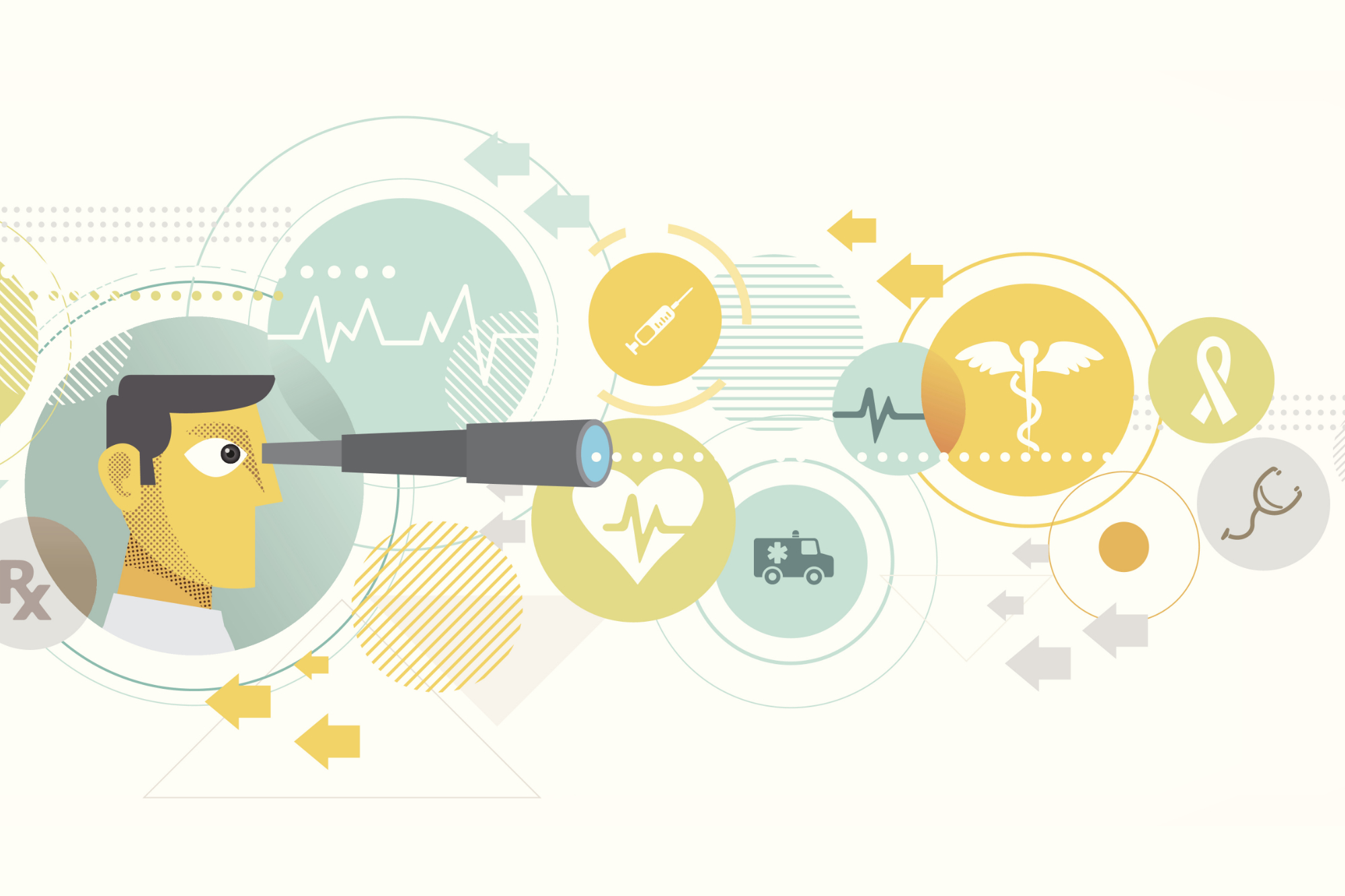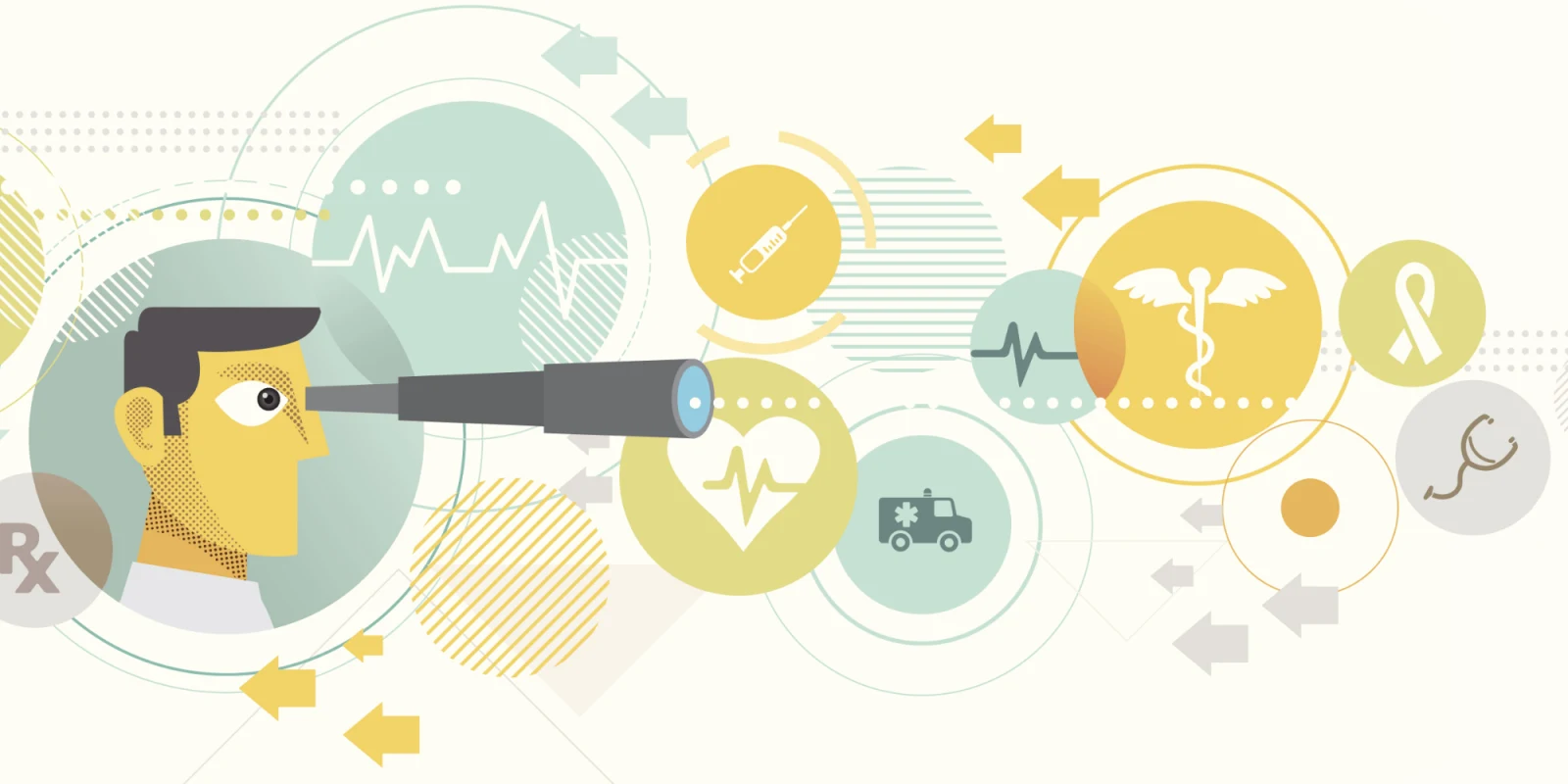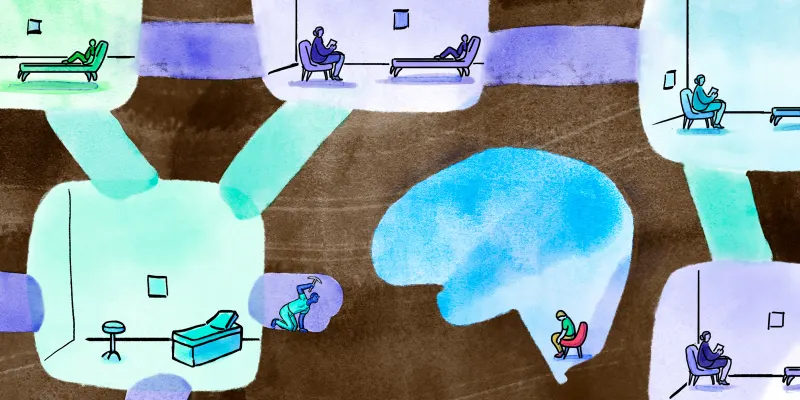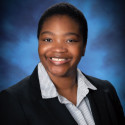
What do Al Michaels, Roger Goodell, Drew Rosenhaus, and Venus Williams all have in common? While each of them has parlayed a multi-million dollar career from the American sports landscape, all of these luminaries were also invited speakers to the 2020 Annual Meeting of the American Orthopaedic Society for Sports Medicine (AOSSM), held virtually for the first time on July 8th and 9th.
The live, virtual meeting kicked off on Wednesday evening with a brief welcome as Mr. Michaels, the veteran sports broadcaster, gave a stirring introduction of the meeting’s Program Committee Chair, Lee Kaplan, MD. Dr. Kaplan spoke of the challenges that orthopedists have recently faced on the front lines of the COVID-19 pandemic, and the new challenge of making sure a healthy environment exists for athletes to return to play. He then introduced the key topics that would be discussed during the virtual conference over the next two nights. Next, AOSSM Past President, Neal ElAttrache, MD, introduced his personal friend and colleague, James Bradley, MD, as the presiding AOSSM President. Dr. Bradley touched on the challenges that the pandemic had created on the Society’s previous 2020 plans. He then spoke passionately about the AOSSM’s commitment to education, research, publication, and fellowship, emphasizing the Society’s recent achievements in each facet.
In the Business of Medicine’s “Game Changer” session on Wednesday evening, Michael Cicotti, MD, Director of Sports Medicine at the Rothman Institute, spoke of how the “privademics” sport medicine practice at Rothman uses metrics to strategically plan for the highest level of medical care. In contrast, Scott Boden, MD, Chair of Orthopaedics at Emory University, explained how musculoskeletal care has been a major front door for patients to the Emory Health Care system. Claude “T” Moorman, MD, President of Atrium Health Musculoskeletal Institute, moderated the subsequent panel discussion on how other major health care systems’ have partnered with sports medicine practices.
The final session on Wednesday evening, “COVID-19, Delivering Care During and After the Pandemic,” was led by Nikhil Verma, MD, Assistant Professor of Orthopedic Surgery at Rush University, who gave a detailed review of the impact that the COVID-19 pandemic has had at the global, national, and local levels, and its strain on the medical system over the past several months. He brought up the challenge of what is considered “elective” surgery during these times. Christopher Ahmad, MD, Chief of Sports Medicine at Columbia University, poignantly spoke of COVID-19’s adverse impact not only on his medical practice, but how it literally affected him personally, and several members of his family. A panel discussion of several orthopedic surgeons ensued on how delivery of care (in particular, with resuming orthopedic surgeries) has changed during, and will change after, the current pandemic.
Thursday’s session began with veteran sports broadcaster, Jim Nance, giving a classic “pre-game” review of the night’s program and introducing the AOSSM President’s Fireside Chat. Dr. Bradley spoke with Mr. Goodell, Commissioner of the National Football League (NFL), and NFL Chief Medical Officer, Allen Sills, MD, regarding the upcoming NFL season in the COVID-19 era. Mr. Goodell declared his support for player and staff safety, noting how much research data has been accumulated on player safety during his tenure. Dr. Sills explained that return-to-NFL-play protocols would emphasize mitigating risk and coexistence with the coronavirus, noting that the league’s protocols may prove to be a model applied to other levels of team sports. Dr. Sills emphasized that COVID-19 testing of players and staff is not a substitute for use of PPE, social distancing, hand hygiene, etc. Both Dr. Bradley and Dr. Sills acknowledged the increasing complex role of the Athletic Trainer in the NFL with regard to direct care, coordination, and research.
The next session, “Technology’s Impact on Return to Play,” was moderated by E. Lyle Cain, Jr., MD, of the Andrews Sports Medicine and Orthopaedics Center, who gave an impressive presentation on a wearable technology system based on global positioning and motion analysis that examines multiple variables effecting player recovery, pre-injury, and post-injury. Darcy Norman, Physical Therapist and Certified Athletic Trainer, followed with a detailed talk on multi-variate analysis using AI and machine learning to objectively analyze injury data. Lastly, Robby Sikka MD, Associate Director of Data Analytics at the Mayo Clinic, explained how multiple clinical data points are used to determine an individual athlete’s Load Management, illustrating with a few clinical cases. The subsequent panel discussion summarized the current use of these newer technologies and speculated on how it could be disseminated to teams and athletes at lower levels in the future.
The final session, “Return to play after COVID-19,” was moderated by Rick Wright, MD, Chair of Orthopaedic Surgery at Vanderbilt University. Dr. Wright first gave a presentation reviewing the physiologic effects of COVID-19 on the general public, and athletes in particular. He further reviewed how current guidelines affect the plans to return to sport at all levels. Long-time tennis professional, Ms. Williams spoke from the perspective of an athlete, acknowledging the challenges in returning to both individual and team sports, and declaring a level of personal responsibility from the athlete in complying with return to play guidelines. Attorney and Sports Agent, Mr. Rosenhaus, expressed concern over the safety of athletes, but noted that most of his clients are eager to play. Brian Haineline, MD, Chief Medical Officer of the National Collegiate Athletic Association, declined to comment on whether there will be a return of fall collegiate sports when asked by Dr. Wright. Instead, he chose only to review what led to the cancellation spring and summer sports.
Not all aspects of the Annual AOSSM Meeting were virtual. There was a Digital Exhibit Hall for exhibitors. Active Members were given a website link to vote on Society issues. The winners of the Meeting’s research awards were prominently displayed on the Virtual Annual Meetings website. And, there was an on-demand site to review all Podium Presentations and E-Posters for credit. Overall, the first virtual Annual Meeting of the AOSSM was a technological success. It was just like being there.







